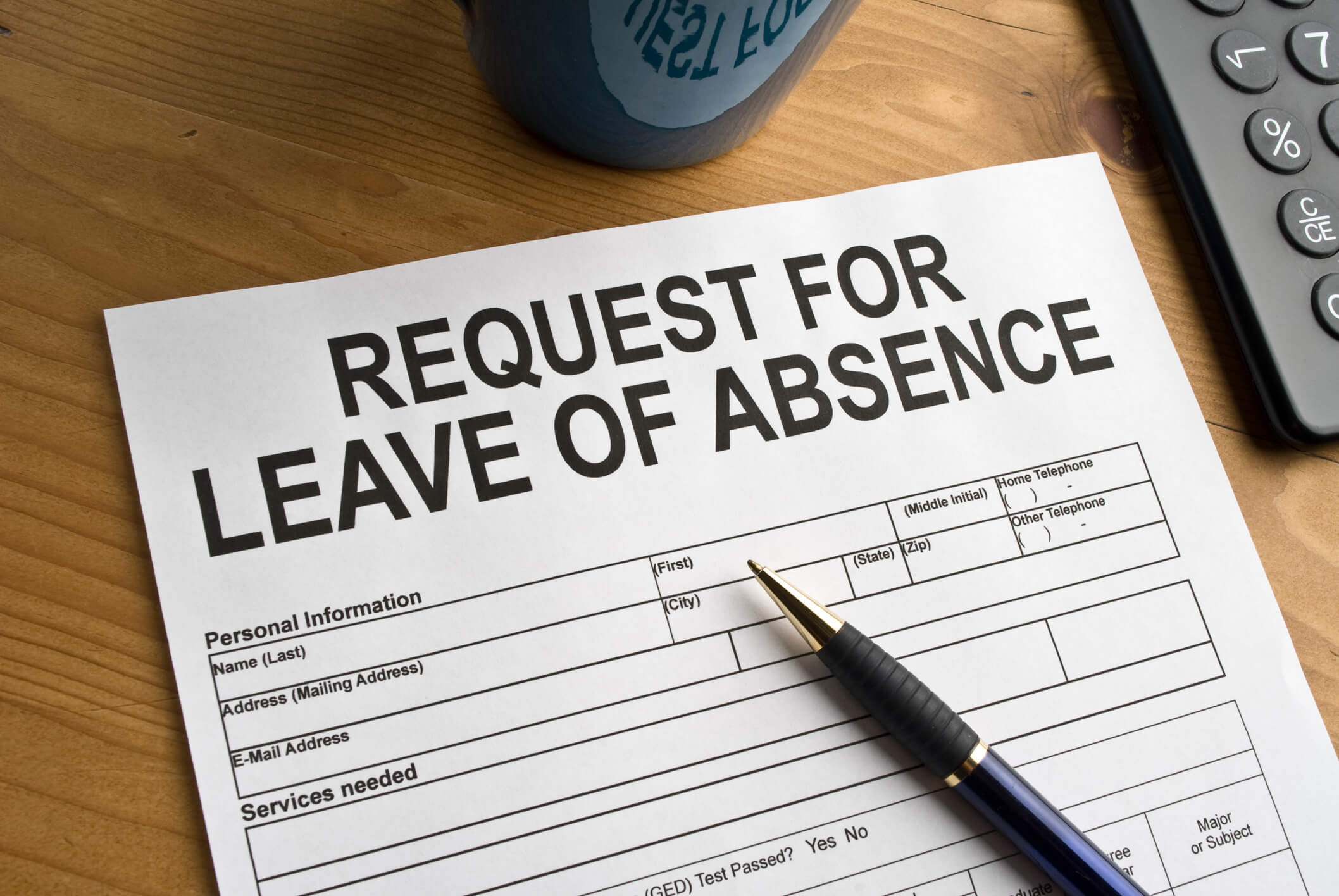On April 5, 2016, the City of San Francisco moved one step closer to imposing paid parental leave on certain employers when the city’s Board of Supervisors passed the “Paid Parental Leave Ordinance.” The Board will vote again at its next meeting and, if it passes, will send the ordinance to Mayor Ed Lee.
Under current California law, the state’s California Paid Family Leave (PFL) program pays employees 55 percent of their weekly wages, up to a maximum weekly benefit amount, to bond with a new child or care for a seriously ill family member. Employees contribute to this program through the State Disability Insurance (SDI) program.
The San Francisco Paid Parental Leave Ordinance requires employers to pay the remaining 45 percent of an employee’s weekly wages.
Q: Which employers are covered?
A: The ordinance establishes a phase-in period. As of January 1, 2017, employers with 50 or more employees regardless of location must comply with the ordinance. As of July 1, 2017, employers with 35 or more employees regardless of location must comply with the ordinance. Beginning January 1, 2018, employers with 20 or more employees regardless of location must comply. In other words, employers may be covered even if they do not employ 50 (or 20) employees within the City of San Francisco.
Q: Which employees are eligible?
A: An employee is eligible if he or she meets four separate criteria:
- The employee must have worked for the covered employer for at least 180 days before taking leave.
- The employee must work at least eight hours each week within the city.
- The employee must work at least 40 percent of his or her total weekly hours within the city.
- The employee must be eligible to receive funds under the California PFL program for baby bonding purposes.
The ordinance bases eligibility on whether the employee works in San Francisco, not on whether the employee lives in San Francisco.
Q: How much must employers pay?
A: Employers must pay “Supplemental Compensation” that bridges the differential between the amount the state is paying and 100 percent of the employee’s normal gross weekly wage. However, employers calculate the gross wage of employees receiving the maximum weekly benefit amount under the California PFL program by dividing the state’s maximum weekly benefit amount by the percentage rate of wage replacement provided the PFL program.
Q: May employers require that employees use their accumulated vacation time?
A: Yes. Employers may require that employees use up to two weeks of accrued unused vacation at the start of the leave. If an employee refuses, the employer is relieved of the obligation to pay Supplemental Compensation.
Q: Are employers required to post a notice?
A: Yes, a covered employer must post, in a conspicuous place, a notice prepared by the city. Employers must post the notice in English, Spanish, Chinese, and any language spoken by at least 5 percent of the workforce at the worksite.
Q: Are employers required to retain records?
A: Yes, employers must retain records documenting Supplemental Compensation for a period of three years.
Q: What other rights does the ordinance provide employees?
A: The ordinance protects employees from discrimination and/or retaliation for exercising their rights to Supplemental Compensation. A covered employer that takes adverse action against an employee within 90 days of the employee engaging in protected activity, such as filing a complaint or cooperating with an investigation, faces a rebuttable presumption that the employer retaliated against the employee. The employer can overcome the presumption only through clear and convincing evidence establishing that it took the action solely for a reason that was not retaliatory.
Q: Does the ordinance apply to employees covered by a collective bargaining agreement?
A: Yes, the ordinance applies to employees covered by a collective bargaining agreement unless either (1) the agreement expressly waives the ordinance in clear and unambiguous terms, or (2) the agreement was entered into before the ordinance’s effective date.
Q: How is the ordinance enforced and what are its remedies and penalties?
A: San Francisco’s Office of Labor Standards Enforcement (OLSE) has the authority to enforce the ordinance administratively through a hearing. The OLSE may order “any appropriate relief,” including payment of Supplemental Compensation withheld and an additional amount to the employee that is the greater of $250 or the amount withheld times three. The agency also can order an administrative penalty of $50 per day to each employee whose rights were violated.
Either the city or “a person or entity acting on behalf of the public as provided for under applicable state law” may bring a civil action in court for ordinance violations. The same remedies and penalties described above, plus attorneys’ fees, apply.
We will keep you informed about the ordinance’s progression in the city and also about any ordinance rules/regulations and notices the city publishes on our blog.





